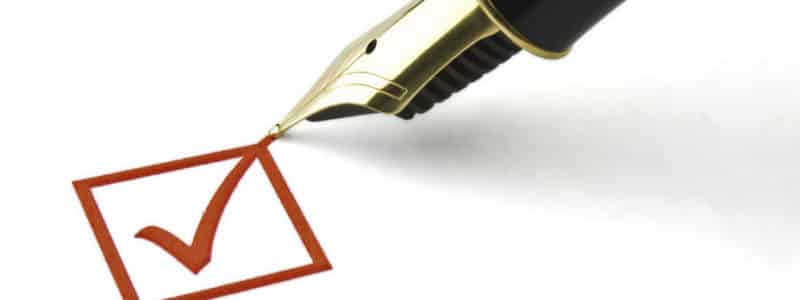An SNF Compliance Program is an essential part of any Skilled Nursing Facility operation! In my earlier Nursing Home Compliance Program blog post, I posed some questions to our Director of Consulting Services, Jim Hook about an SNF compliance program. We addressed three specific questions: (1) Why should I spend time and money on an SNF compliance program? (2) Isn’t the OIG more focused on other providers and not long term care? (3) What are the benefits of an SNF compliance program?
In this post, we’ll continue with our Q&A session with Jim and roll up our sleeves a bit and get into more details of a good, effective SNF compliance program.
In setting up an SNF compliance program, what should I be looking for?
The OIG has published guidance on compliance programs for several types of healthcare entities going back over 20 years. They include these seven elements for skilled nursing facilities:
- First, the SNF compliance program must include written policies and procedures. Typical policies and procedures would include a description of the compliance program itself, a code of ethical conduct and policies on conflicts of interest. The compliance program should identify the typical risks faced by the facility, the most serious one of which is improper or illegal billing to government programs such as Medicare and Medicaid.
- Second, there must be sufficient oversight of the compliance program. This typically involves hiring compliance professionals and organizing a compliance committee for the facility or the company. The compliance committee should oversee the overall program, developing the annual compliance work plan. The compliance officer should be responsible for investigating compliance issues, updating compliance policies and procedures, and ensuring employees are trained on the elements of the compliance program.
- Third, there must be effective training for employees covering the major components of the compliance program. In addition to training as part of initial orientation, there should be periodic training for instance, annually to update employees on any changes to the program.
- The fourth requirement for an effective SNF compliance program is communication. Communication can take place utilizing methods such as comment boxes, hotlines and an open door policy. This gives employees a place to take their concerns instead of becoming whistle-blowers.
- Fifth, there must be an effective internal monitoring process. The organization must review its major compliance risks and develop an audit and monitoring program to address those risks. The auditing program should be evaluated annually and auditors should have some measure of independence from management.
- The sixth element of an effective SNF compliance program is disciplinary guidelines when employees make mistakes or intentionally violate company policies or government regulations. Disciplinary guidelines should be understandable and applied uniformly to employees at all levels in the organization.
- Finally, the organization must have the capability to respond to the affected offenses. This starts with an effective system to track and respond to complaints as well as promptly investigate issues that may represent mistakes or wrongdoing relating to the risks identified in the compliance program.
What are the common pitfalls of starting an SNF compliance program?
The most common pitfall in starting an SNF compliance program is to make it a program that exists on paper but not in reality. It is easy to develop the documentation of the compliance program; the hard work comes in when it is time to implement the program by training employees, formulating/adopting policies and procedures, establishing auditing and monitoring schedules and constantly examining the organization for risks of noncompliance with important regulations. Other pitfalls include lack of effective oversight-trying to manage the program with inadequate resources and being reactive, not proactive when complaints or issues are identified.
How do I know if I have an effective SNF compliance program?
You will know you have an effective skilled nursing compliance program when employees begin coming forward asking questions about practices they may think are inadequate or even illegal. You will also know you have an effective program when you can document the initial and ongoing compliance training for employees when the Board of Directors routinely asks for and receives reports on the compliance program and compliance investigations, and when a culture of compliance has taken hold in the organization.
Will an SNF compliance program keep me out of trouble with the OIG or CMS?
An effective SNF compliance program will not necessarily find all instances of potential mistakes or even misconduct that leads to improper billing or violations of other regulations. However, it is possible to have an effective program even if such issues arise. The key is to identify problems internally, take action to correct them and even refund payments to government programs if and when mistakes in billing have resulted in erroneous payments to the facility. As noted above, the existence of an effective program can be taken into account when the government is intent on assessing fines or other penalties.
Make an SNF compliance program part of your culture!
What was once a suggestion by the OIG starting in the late 90’s has become a requirement as a part of the Affordable Care Act. Skilled Nursing Facility providers must act now to implement and maintain an effective SNF compliance program. Not doing so presents so many unnecessary risks-why add another set of risks to your everyday activities by ignoring this important requirement.
You can find out more about compliance programs on our web site and also by going to the nursing home compliance program specific CMS web site.


Comments are closed.